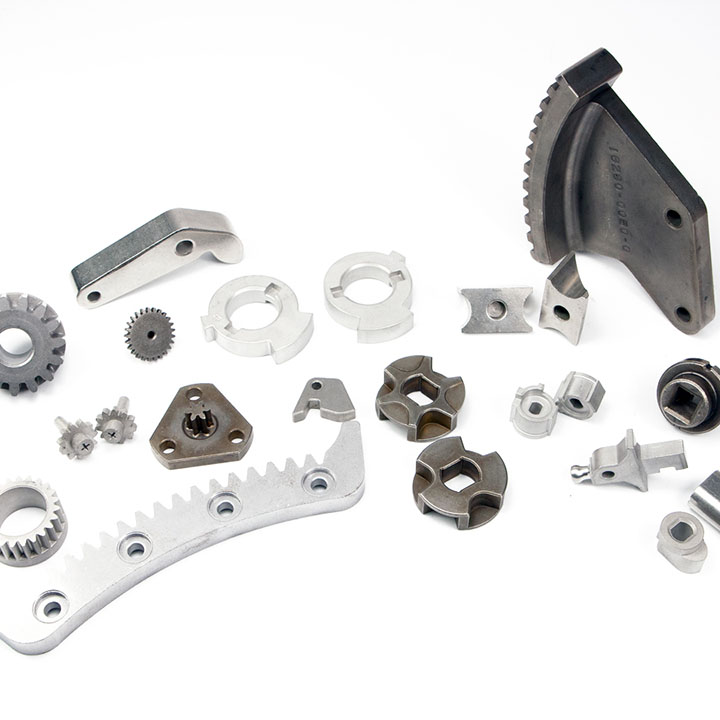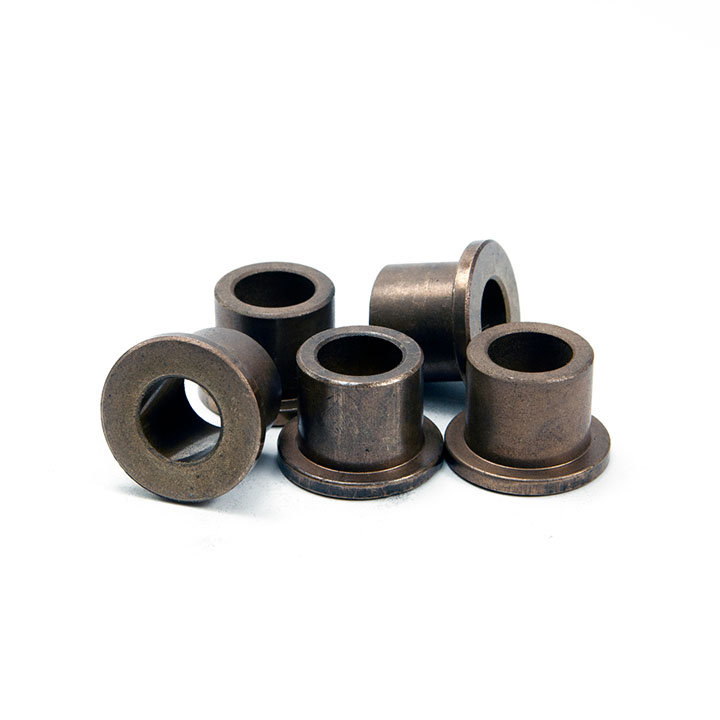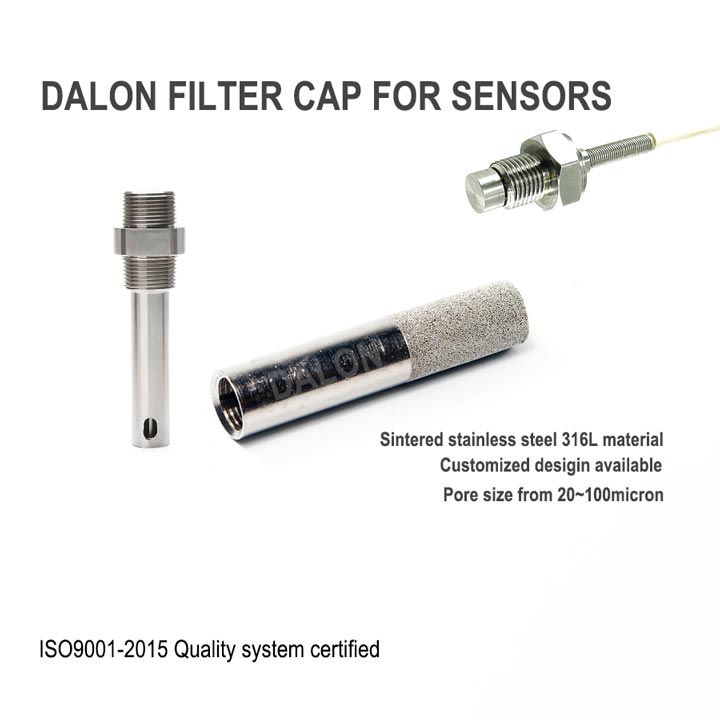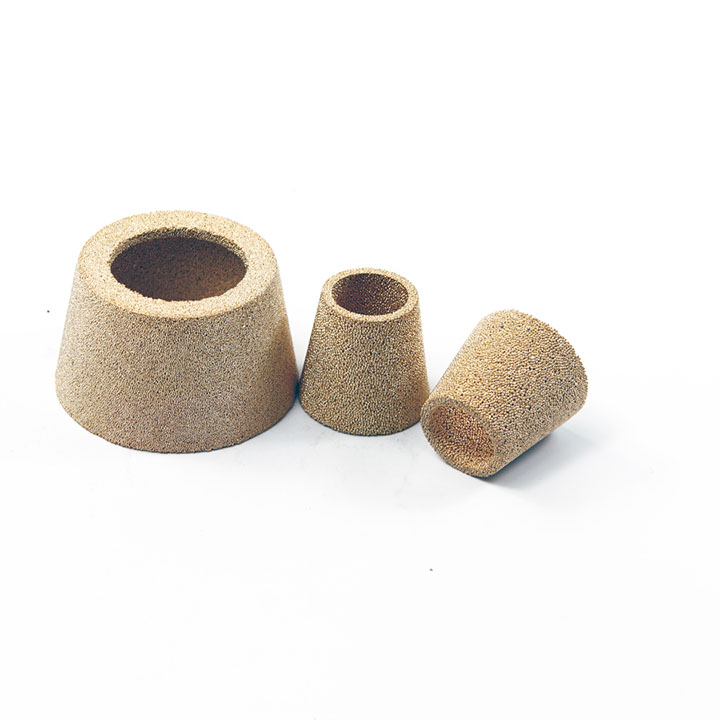Yes, the 316L sintered stainless steel 316L filter is engineered to handle chemically aggressive environments, but with critical limitations. Here’s a precise breakdown:
✅ Compatible Media
Acids
- Nitric Acid (HNO₃): Up to 20% at 20°C (excellent resistance).
- Sulfuric Acid (H₂SO₄): Up to 5% at 20°C (avoid >30°C).
- Phosphoric Acid (H₃PO₄): Up to 30% at 50°C.
Bases
- Sodium Hydroxide (NaOH): Up to 10% at 50°C.
- Ammonium Hydroxide (NH₄OH): Full range (no corrosion risk).
Solvents
- Acetone, Ethanol, IPA: Fully compatible.
- Chlorinated Solvents (e.g., DCM): Limited to short-term exposure (<24 hrs).
Gases
- Chlorine (Cl₂): Dry gas only (max 100 ppm).
- Hydrogen Sulfide (H₂S): Up to 50 ppm (wet/dry).
⚠️ Avoid These Chemicals
- Hydrochloric Acid (HCl): > 1% concentration (risk of chloride stress corrosion).
- Hydrofluoric Acid (HF): Any concentration (rapidly attacks 316L).
- Bromine/Brine: High pitting risk (use Hastelloy® instead).
Temperature & Pressure Limits
| Condition | 316L Limit | Risk Beyond Limit |
|---|---|---|
| High Temp | 650°C (dry) | Carbide precipitation |
| Low Temp | -200°C | Brittle fracture |
| Pressure | 15 bar (static) | Structural deformation |
Industry-Specific Endurance
| Environment | Performance | Lifespan |
|---|---|---|
| Semiconductor (TMAH) | No corrosion, 3µm stability | 5+ years |
| Pharma (WFI @ 80°C) | Passive layer intact | 3+ years |
| Marine (Salt Spray) | Requires monthly cleaning | 1–2 years |
Enhancements for Harsh Conditions
- Electropolishing: Reduces surface area (slows pitting).
- Passivation: Nitric acid soak (per ASTM A967) to boost oxide layer.
- Alternative Materials: Upgrade to Hastelloy C-276 for HCl/HF.
Real-World Example
A chemical plant uses this filter for 5% HNO₃ filtration at 50°C:
- Cleaning: Monthly ultrasonic with 5% citric acid.
- Lifespan: 4 years (vs. 304SS failing in 6 months).
Pro Tip: For borderline chemicals (e.g., 2% HCl), conduct a 48-hour immersion test with a spare filter before full deployment.
316L Chemical Resistance Guide with actionable data for aggressive environments:
316L Stainless Steel Chemical Resistance Chart
(Based on ASTM A240, ISO 8044, and industry field testing)
✅ Compatible (Safe for Continuous Use)
| Chemical | Max Concentration | Max Temp | Notes |
|---|---|---|---|
| Nitric Acid (HNO₃) | ≤20% | 50°C | Excellent for passivation |
| Sulfuric Acid (H₂SO₄) | ≤5% | 20°C | Avoid >30°C (rapid corrosion) |
| Phosphoric Acid (H₃PO₄) | ≤30% | 50°C | |
| Sodium Hydroxide (NaOH) | ≤10% | 50°C | |
| Acetic Acid (CH₃COOH) | ≤50% | 30°C | |
| Ethanol/IPA | 100% | 60°C | |
| Inert Gases (N₂, Ar) | 100% | 650°C | Dry only |
⚠️ Limited Compatibility (Short-Term/Controlled Use Only)
| Chemical | Max Exposure | Risk |
|---|---|---|
| Hydrochloric Acid (HCl) | ≤1%, <24 hrs | Chloride stress corrosion |
| Chlorine (Cl₂) | ≤100 ppm (dry) | Pitting in humidity |
| Hydrogen Sulfide (H₂S) | ≤50 ppm | Cracking at >60°C |
| Seawater | Intermittent use | Biofilm buildup accelerates pitting |
❌ Incompatible (Avoid Completely)
| Chemical | Reason |
|---|---|
| Hydrofluoric Acid (HF) | Dissolves 316L passive layer within hours |
| Bromine (Br₂) | Severe pitting even at low concentrations |
| Hot (>50°C) HCl | Rapid failure |
Temperature Impact on Corrosion
- <20°C: Minimal corrosion (safe for most dilute acids).
- 20–50°C: Monitor for pitting in chlorides (e.g., NaCl >1%).
- >50°C: Avoid sulfuric, hydrochloric, and oxidizing acids.
Material Enhancements for Harsh Media
- Electropolishing: Reduces surface roughness (thicker passive layer).
- Passivation (ASTM A967): Nitric acid soak boosts Cr oxide layer.
- Alternative Alloys:
- Hastelloy C-276: For HCl/HF.
- Titanium: For hot chlorides.
Practical Recommendations
- Pre-Cleaning: Rinse with DI water before chemical exposure.
- Post-Use: Neutralize acids/bases immediately (e.g., 5% NaHCO₃ for acid spills).
- Inspection: Check for pitting under 10x magnification after each use.
Example: Semiconductor Wet Bench Use
- Chemical: 5% HNO₃ at 25°C.
- Cleaning: Weekly ultrasonic with 5% citric acid.
- Lifespan: 3+ years (vs. 304SS failing in 6 months).
Need Custom Advice?
➡️ Share your specific chemical + concentration + temperature for a tailored compatibility assessment.




